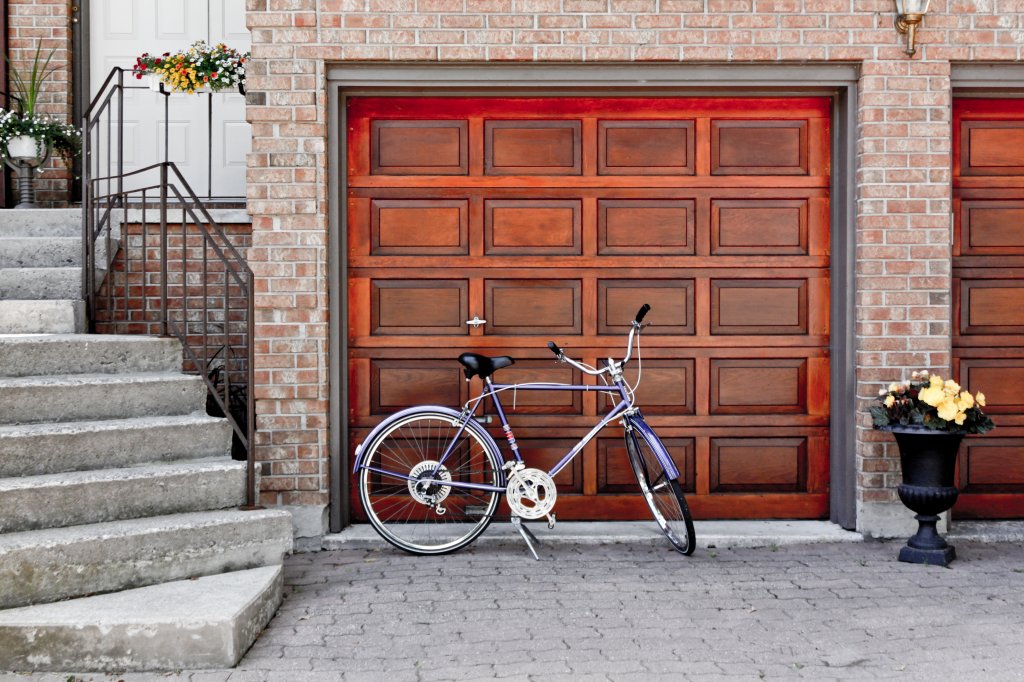After decluttering your home, it’s tough to decide what to do with everything you don’t want to keep. If you’re considering trying to sell some of your stuff, read on for what you need to consider before selling your clutter.

What You Need to Consider When Selling Your Clutter:
1. Have realistic expectations
One important thing you need to consider when selling your clutter is setting realistic expectations. This will help you decipher what is and isn’t worth your time.
When you look at the items you want to sell, it’s easy to remember how much you initially paid for them. Unfortunately, though nearly everything will resell for only a fraction of what you paid. This is one of the reasons that cause people to hang onto clutter.
Don’t let that be you, but do have realistic expectations on pricing. Start by researching. Look on Facebook marketplace, eBay, and Craigslist to see what similar items are being listed for.
Not that just because something is listed for that price doesn’t mean it will sell for that. It will give you a range for what to expect though. You can see what items have sold for on eBay.
You may find after doing your research that the resale amount may be so low that it isn’t worth your time. It’s better to know this now than to have continued to spend your time on it, which bring us to count your costs.

2. Count your costs
When deciding if you want to try and sell your clutter consider all of the costs that are involved. The costs include your time, energy, hassle, and storage space the item(s) take up until they are sold.
If you are selling non-locally you also need to factor in shipping costs and the extra effort of packing it up and shipping it. If you are selling locally factor in your time and gas costs in meeting up with the buyer.
I personally am not willing to drive very far as a seller. It is not worth my time and gas to drive 20 minutes to sell something. And be prepared that people may ask. I’ve been asked to drive an hour when selling a $20 item. Just say no.
One final cost to consider is wasted time with people who say they are coming to buy something and then flake. If you sell a lot having this situation happen is inevitably. Factor in your irritation costs.
3. Learning curve
Another thing you need to consider when selling your clutter is the learning curve. If you’ve never sold things before, know that there will be a learning curve to the process.
You’ll need to take pictures and upload them. Depending on the item you may need to take measurements. You will also need to write up a semi-detailed description.
Factor the time for all of these steps into your costs and realize that it all takes a bit longer when you are getting started.
When you’re practiced at this, it gets faster, but if you are new to it (particularly if technology is challenging for you) expect that there will be a learning curve and you should factor in your time and potential frustration.

4. Where to sell
There are many options for reselling your clutter. You can try Facebook buy/sell groups in your area or marketplace, Craigslist, Offer Up, Mercari, eBay, consignment stores, or hosting a garage sale. There are more options than this. These are the ones I’ve used the most.
My two favorites are Facebook and Offer Up. I used to use Craigslist back in the day, but I don’t think it’s as popular an option anymore. Mercari is good for selling designer clothes, shoes, and accessories. eBay is a great option if you have an unusual collector’s item. Otherwise, I don’t want to deal with shipping.
Consignment stores are a nice option for trading or selling kid’s clothes and gear. A garage sale lets you do all your selling at one time, but it takes a lot of time.
You have to set up, price items, sit outside or in your garage for a day or two and have people haggle those items priced at $1 down to 25 cents. You get to decide whether or not that would be worth it to you.
Tips for selling
- leave room to negotiate
- be safe
- know that some items are tough to sell
Leave room to negotiate
Price your items a little above your rock bottom price. People will often offer less than your listed price. This gives you a bit of wiggle room to bring down the price a little so you are still getting what you want and the buyer feels like they are getting a great deal.
As a buyer, I prefer to negotiate prior to meeting up unless the item is in worse condition than I anticipated.
As a seller, I try to be very clear on pricing and know in advance what my lowest accepted price is. I don’t want to feel like I got taken at the last minute so setting that in your mind prior is helpful.
If you can’t stand the idea of negotiating, that’s ok too. Just be very clear in your listing that your price is firm and stick to that if you are asked if you’d take less.

Be safe
Be wise in when and where you meet up with buyers. Ideally, don’t go by yourself. Meet in public when possible. Some cities have designated places to do this. Our city has a space in the local police department’s lobby. Use your best judgment and don’t put yourself in danger.
Know that some items are tough to sell
This goes back to having realistic expectations. I’ve found that certain items are much more difficult to sell than others. Meaning I know ahead of time that I need to be prepared that the item will likely not sell fast.
Clothes tend to be a challenge to resell unless they are designer clothes. I discovered this past year that reselling a wedding dress is also incredibly difficult as I’ve been trying to sell one for one of my clients.
Large pieces of furniture like couches and armoires can be a challenge to sell as well in part because they are so difficult to haul.
5. Impose a deadline
This may be the most important thing you need to consider when selling your clutter. You want need to impose a deadline on selling your items. Allow a certain amount of time when you will do your best to market and sell, but if they aren’t gone by that deadline plan to give them way.
Some people discourage the idea of selling at all because it can slow down your decluttering process. And it’s true. It can. You have to know yourself and weigh the pros and cons.
If it halts your progress and causes you to feel deflated from not completing your decluttering process then it’s probably not the best option for you.
If the idea of selling your clutter completely stresses you out, don’t bother with it. You know if attempting to sell would mean those items would just sit in your garage completely ignored. If that’s the case, do yourself a favor and let them go now.
However, if your frugal side needs to see if you can recoup some money and you know you’ll stay on track, go for it. There is money to be made if you know what you’re doing and have the flexibility and patience for it.

My experience with selling
In the last few years, I have sold quite a few things. My list includes a refrigerator, dryer, speakers, kid’s playhouse, tons of kids clothes, baby items, strollers, toys, dishes, amongst other things. I occasionally have sold items for clients as well.
My experiences have largely been positive and it’s been worth it to me for the money I’ve made. I have had times where my garage felt overrun with items I’d listed but not sold yet. In those moments, I remind myself to honor those deadlines and get it out.
Want to keep up to date on the latest Simplicity Habit information? Sign up below and also receive the Declutter Plan of Attack worksheet!





Thank you for mentioning the idea of having a selling deadline. I never thought of that before! I end up having so many items in storage because they dont sell right away, and then I forget the items are there. Great advice, thanks!
Thanks for your comment, Jennifer. I’ve been there too with holding on to things too long. Deadlines are super helpful for me!
I’ve sold some items for my brother
What should I charge him?
Do you mean you sold things on his behalf and what should you charge him for selling them for you? If that’s the case, it helps to discuss it prior. It also depends on the type of items. When I sell things for family, I don’t charge them. When I’ve sold things for clients, I do.